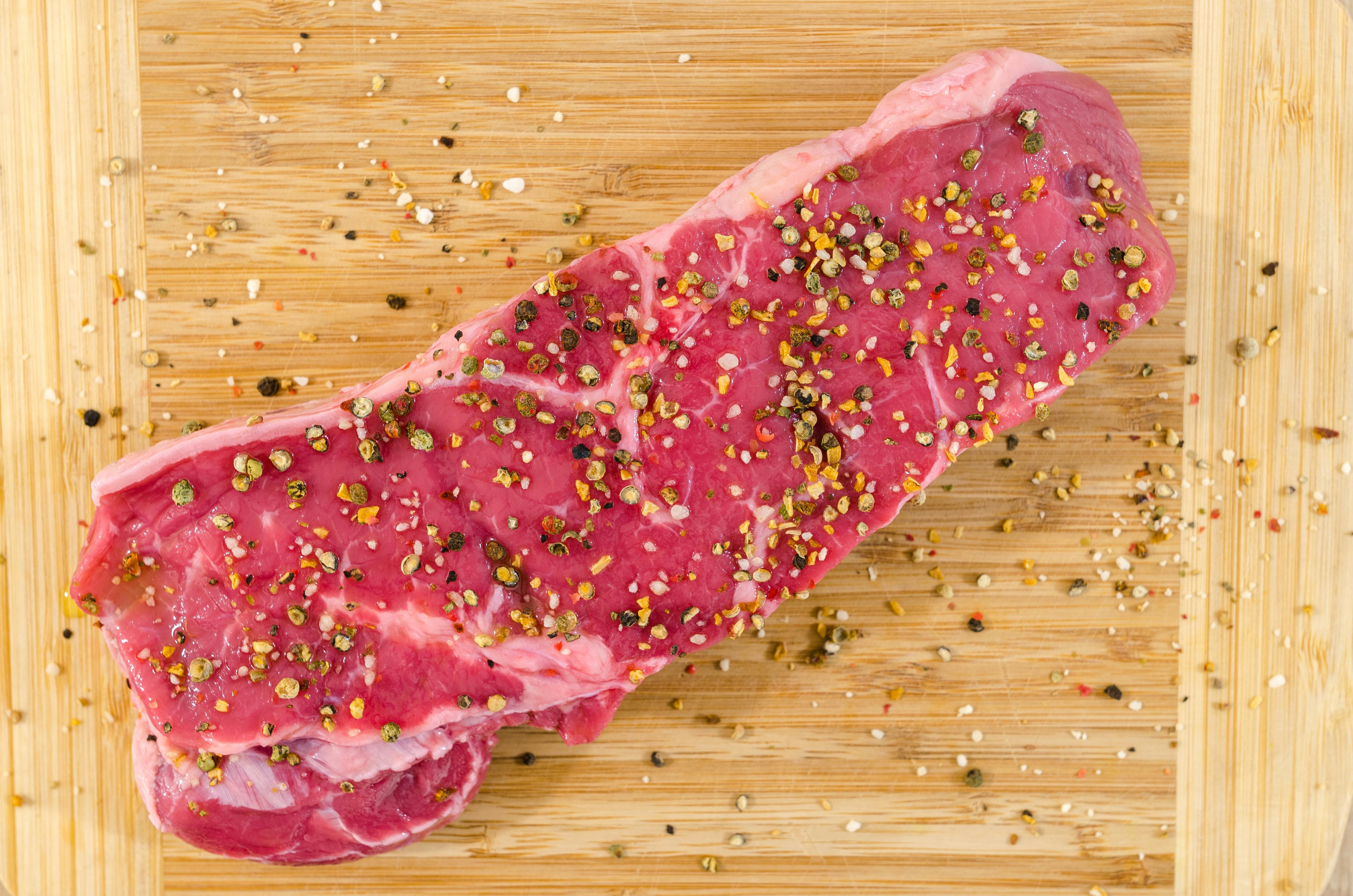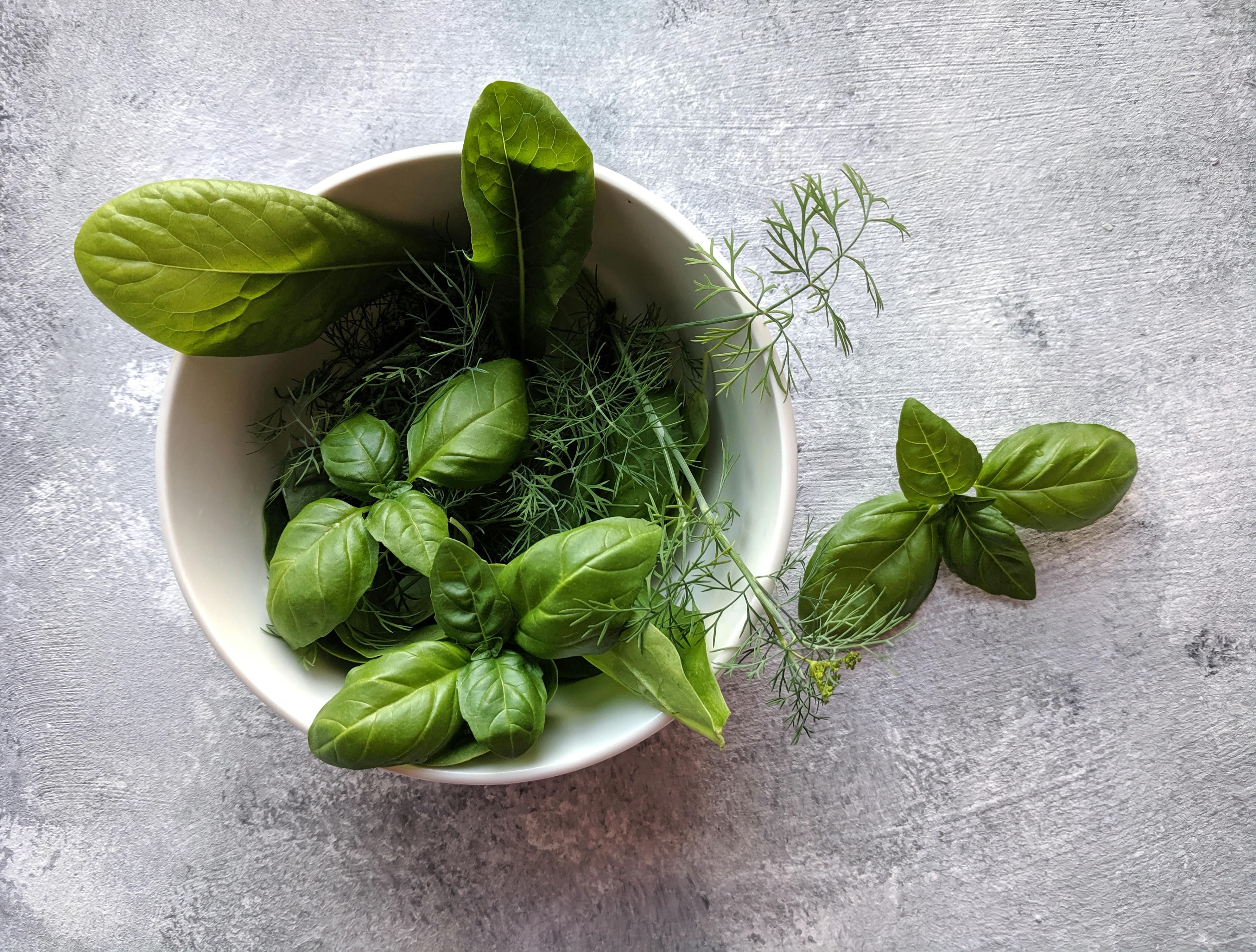Sweden’s Ultimate Guide: Chef-Approved Gravlax Techniques for Beginners
Here’s a surprising fact: nearly 70% of Swedes serve gravlax every holiday season—a tradition dating back centuries1. While many people believe gravlax is some mysterious chef’s secret locked away in Scandinavian restaurants, what really strikes me after years spent travelling Sweden’s coastline and cooking with local chefs is just how approachable—yet nuanced—this cure really is.
Let’s step back for a moment. I remember, years ago, standing in the cold Stockholm winter, watching a seasoned chef rub freshly chopped dill onto a side of salmon. The precision of his movements impressed me, but what I should have noticed first was his casual confidence—he knew every step by heart but never forgot to taste the salt on his palm. That was my first true lesson: artisan gravlax is as much about intuition and local tradition as technical mastery.
Why Gravlax? Swedish Culture and Taste Explained
Let me think about this. How do I explain the pull of gravlax? It’s not just food—it’s a cultural ritual wrapped up in crisp mornings, Christmas Eve, and family tables. Back in the day, the word “gravlax” literally meant “buried salmon”—fishermen salt-cured their catch and buried it in sand2. Over generations, the technique refined: less sand, more art.
I go back and forth on this point, but for most Swedes, gravlax embodies ideal balance—sweet, salty, herbaceous—a flavor profile both delicate and bold. “Gravlax is our Nordic sushi,” a chef in Gothenburg once said to me, smiling. Swedish home cooks are famously proud of their ability to cure fish at home, and if you ask me, it’s a practice worth mastering wherever you live.
Country Fact Box: Sweden’s Sustainable Salmon Legacy
Sweden is home to over 90,000 lakes and thousands of kilometers of coastline—making salmon one of the most accessible proteins. More impressive, Swedish fisheries pioneered sustainable practices now adopted worldwide3. Wild salmon harvest regulations, seasonal limits, and traceable aquaculture have helped preserve both culinary heritage and environmental health.
History, Science, and Getting Started: Gravlax Foundation
Funny thing is, gravlax isn’t just about tradition; there’s real science here. The magic happens when salt and sugar draw moisture from fish—a process called osmosis—which transforms texture and flavor. Actually, let me clarify: modern gravlax skips fermentation (unlike ancient methods) and relies entirely on dry curing. Most chefs agree—you want fresh, never-frozen salmon, but one chef I respect uses premium flash-frozen fillets for ultra safety. I used to be more purist, but “safety always trumps snobbery,” he tells me.
Key Insight: Gravlax is NOT smoked salmon. Smoked salmon uses heat or cold-smoke to change proteins, gravlax cures raw flesh chemically, preserving silky texture and bright flavors while maintaining safe, edible quality.
Moving on. The traditional Swedish ratio is equal parts salt and sugar, with plenty of dill and black pepper in the mix. Variations? Lots of them. I’ve tasted chef gravlax with aquavit, gins, beetroot, fennel seed, and more. For beginners, mastery comes from understanding the “why” before jumping into “how.”
Expert Question: Is the best gravlax cured with aquavit? Not always—some award-winning chefs prefer no alcohol, letting salmon and dill lead. I’m partial to a hint of citrus zest, but the best recipes are always tailored to personal style and local produce.
Getting Started: What You’ll Need (The Essentials Checklist)
- Fresh, skin-on salmon fillets (preferably center-cut)
- Sea salt/coarse salt
- Granulated sugar
- Lots of fresh dill (stems and leaves)
- A few teaspoons black pepper, crushed
- Glass, ceramic, or food-safe plastic container (non-reactive)
- Plastic wrap or parchment paper
- Weights (small cans or clean rocks work in a pinch)
Before diving deeper, take a second to consider: the tools you use—knife, container, scale—shape your results. That’s not hype, that’s fact. I used to ignore the importance of a sharp knife, but after seeing how a jagged slice can wreck a beautiful salmon, it’s now rule #1.
Call to Action: Ready to roll up your sleeves? In the next section, I break down the chef-approved process and the tweaks I wish I’d known as a beginner. Let’s get started and make your first batch memorable—for all the right reasons.
Essential Equipment and Picking Salmon: Chef Tips
From my perspective, equipment is underappreciated. Ever try slicing gravlax with a dull blade? You’ll mangle every beautiful ribbon. I learned the hard way, so listen up: a razor-sharp slicing knife (ideally an inexpensive fillet knife) is almost as crucial as using safe salmon. “Sharp tools—sharp results,” my mentor always said.
Choosing Salmon Like a Swedish Chef
Chef Tip: Go for sustainably farmed or traceable wild salmon4. Look for firm flesh, vibrant color, and a mild, sweet scent. Avoid mushy, faded fillets or anything that smells “fishy.” If you must use frozen, defrost gently overnight in the fridge—never rushed—that’s a common beginner error.
What I should have mentioned earlier: don’t skip skin-on fillets. They protect the delicate flesh and help maintain shape. Actually, thinking differently, you can try skinless, but you’ll lose some elegance in the final slice.
Step-by-Step Chef-Approved Cure Process
- Prepare the Cure: Mix equal parts fine sea salt and white sugar. For two pounds of salmon, I use 3 tablespoons each. Add 2-3 tablespoons chopped dill and 1-2 teaspoons cracked black pepper. For extra flavor, zest one lemon and, optionally, add 2 tablespoons aquavit or gin.
- Prep the Fillet: Pat salmon dry with paper towels. Check for pin bones—remove carefully with tweezers.
- Apply Cure to Flesh: Lay out a large sheet of plastic wrap. Sprinkle one-third of the cure mix underneath. Place salmon skin-side down, cover completely with remaining cure, then layer half the dill over the top.
- Wrap & Weigh: Tight-wrap the fillet and cure with plastic or parchment. Place in a non-reactive dish. Top with weights for gentle pressure—cans, small cutting board, or a clean stone.
- Refrigerate: Chill for 36-48 hours. After 24 hours, check for firming and liquid released—this is normal, don’t panic.
- Rinse & Slice: Unwrap, rinse fillet gently under cool water to remove excess cure. Pat dry, slice thinly (angle knife almost flat), and serve immediately or refrigerate (best within 3 days).
Clarification: Thicker fillets need more time. I used to rush the process and ended up with raw, sticky centers—extend the cure to 48-72 hours for fillets over 1.5 inches thick. Let that sink in for a moment.
Pro Tips, Common Mistakes, and Troubleshooting
- Too Salty? “Rinse an extra 10 seconds” is my go-to fix. If all else fails, serve atop hearty rye bread—bitterness balances salt.
- Texture off? If the cure runs longer than 72 hours, the flesh can get tough. Next time, use thinner fillets or reduce cure time by half a day.
- Flavor ‘off’? Overpowering dill or alcohol can mask salmon—use restraint. Taste your cure mix before applying.
- Liquid build-up? This sometimes worries beginners. Actually, more cure, not less, is preferable if your fillet is especially wet. Pour off liquid halfway through, flip fillet for even cure.
Personal Insight: The first batch I made didn’t taste amazing. What struck me was how a single tweak—more sugar—perfectly balanced the salt and highlighted buttery notes. Don’t be afraid to adjust ratios based on taste and thickness; that’s how you’ll develop your style.
Safety: What Every Beginner Needs to Know
Salmon safety is non-negotiable. What I should clarify: curing alone doesn’t kill all parasites. Buy sushi-grade if available, freeze at -20°C for at least 7 days if uncertain about source5. Some may roll their eyes, but prevention is better than cure and Swedish food safety agencies back this advice from decades of experience6.
“True gravlax celebrates simplicity—let raw salmon, salt, sugar, and dill do the talking. The rest is personal touch.”

Creative Serving Variations: Swedish Style
Historically, gravlax graces Swedish tables alongside crispbread, creamy mustard sauce (“hovmästarsås”), and pickled vegetables. These days, chefs push boundaries—think beet-cured gravlax, citrus-fennel, or wildflower honey glazes. I used to stick with classic dill, but recently, I tried incorporating horseradish and orange zest. Honestly? The thrill of tasting your own twist is part of the adventure.
Insider Routine: Gravlax tastes best when sliced just before serving. Prep toppings, garnishes, and starches ahead—but leave the salmon to last-minute finesse.
Here’s a simple comparison table that answers the top “People Also Ask” questions with chef tips on common flavor variants:
| Variant | Key Ingredient(s) | Flavor Profile | Swedish Serving Suggestion |
|---|---|---|---|
| Classic Dill Gravlax | Salt, Sugar, Dill | Herbaceous, balanced salt & sweet | Mustard sauce, rye bread |
| Beetroot Gravlax | Grated beetroot, lemon zest | Earthy, sweet, vibrant color | Pickled onions, knäckebröd |
| Gin & Citrus Gravlax | Gin, orange zest, peppercorns | Zesty, aromatic, fresh | Sliced cucumber, dark rye |
| Horseradish Gravlax | Fresh horseradish, dill | Spicy, sharp, refreshing | Potato salad, boiled eggs |
Seasonal Adaptations: Making Gravlax “Fit” the Moment
As we head into autumn, Swedes amp up citrus in their cure. Spring calls for wild herbs; summer finds chefs blending berries into mustard sauce. A colleague recently pointed out that ice-cold gravlax slices, paired with watermelon and rye crisps, make a midsummer picnic unforgettable. Funny thing is—seasonality yields not just better flavor, but stronger local connection7.
- Winter holidays: add star anise, white pepper
- Spring brunch: serve with asparagus and poached eggs
- Summer boards: combine with radish and dill dips
- Autumn harvest: top with pickled mushrooms and fennel
Let me step back. Whatever your climate, gravlax adapts. I’m still learning which pairings feel “right,” but what excites me most is how the cure can change with the weather, with your mood—sometimes even with regional produce you didn’t expect.
“Swedish food culture encourages experimentation, but always honors simplicity. Gravlax is about understanding basic technique—then trusting personal judgement.”
Health, Sustainability, and Swedish Values
Did you know? Sweden’s “fish everyman’s right” (allemansrätten) historically allowed anyone to fish local waters, but modern regulations stress sustainability and safety—for home cooks and the environment alike8. Nowadays, home gravlax often features farmed salmon certified by ASC (Aquaculture Stewardship Council) to guarantee lower environmental impact9.
- Gravlax packs omega-3 fatty acids for brain & heart health
- Homemade recipes reduce sodium, preservatives
- Local dill and herbs cut carbon footprint
- Swedish tradition prioritizes seasonality over imported ingredients
“Knowing where your fish comes from isn’t optional—it’s the heart of Swedish cooking.”
Frequently Asked Questions (FAQ) for Beginners
- Can you freeze gravlax? Yes, slice and wrap tightly. Thaw in fridge; flavor may soften but safety remains.
- Can you cure trout or other fish? Absolutely! Adjust thickness and cure time. Rainbow trout works well.
- Longest safe cure for salmon? 5 days is standard; beyond that, texture suffers. Refrigerate always.
- Best way to serve leftovers? Toss in salads, omelettes, or tuck into bagels. Swedes call it “luxury lunch.”
Action Step: Try making a mini test-batch with half a fillet, half the cure, and see how flavor develops. Compare classic dill versus your own signature twist! Let your kitchen become a Swedish test kitchen for a day.
Ultimate Beginner’s Gravlax Checklist (For Stress-Free Results)
- Use only fresh, skin-on salmon from reliable source
- Equal parts salt and sugar—no need to measure obsessively
- Taste cure mix before applying; add citrus/herbs to suit preference
- Wrap tightly & weigh gently for even cure
- Check firmness after 24 hours, flip if needed
- Rinse under cool water, slice thin with sharp knife
- Store, serve, and enjoy within 3 days for best taste
Personal Reflection: Years ago, I made gravlax with friends in a stuffy Stockholm apartment. Our first batch was bland, uneven, and awkwardly presented. Now, with chef guidance and personal practice, I see mistakes as invitations—not detours. Let yourself learn by experiment—that’s artisan gravlax at its Swedish best.
Repurposing, Longevity & Update Strategy
- Convert step-by-step cure guide into short-form social videos
- Transform flavor pairing table for infographic posts
- Extract expert quotes for Instagram, newsletter, and chef interviews
- Bundle seasonal adaptation list for recipe book chapters
- Create webinar script focused on gravlax safety & troubleshooting
Looking ahead, gravlax’s appeal won’t fade—techniques evolve, flavors shift, but the foundation remains timeless. Keep experimenting. The next time you host friends or family, start with gravlax as the centerpiece. You’ll never see salmon the same way again.
“Sweden’s gravlax tradition thrives because every batch tells a story—yours included.”
References & Further Learning



